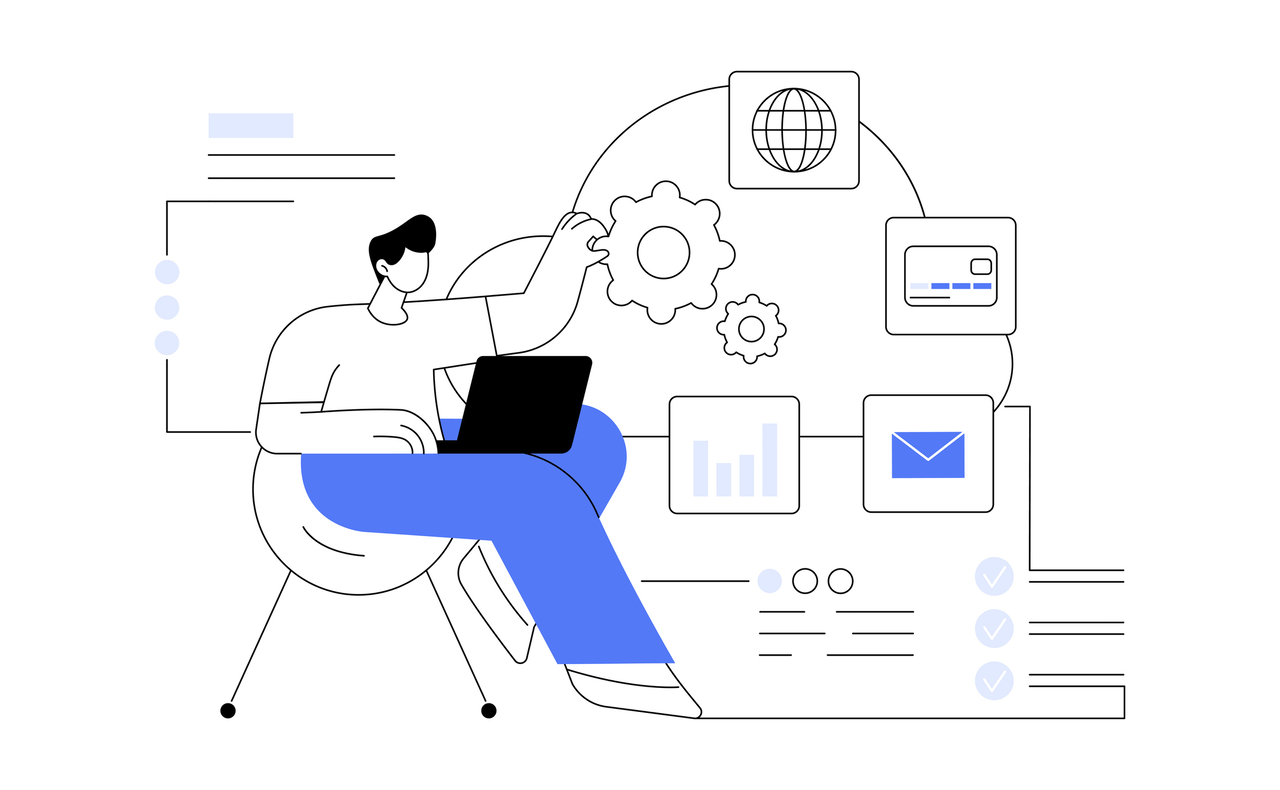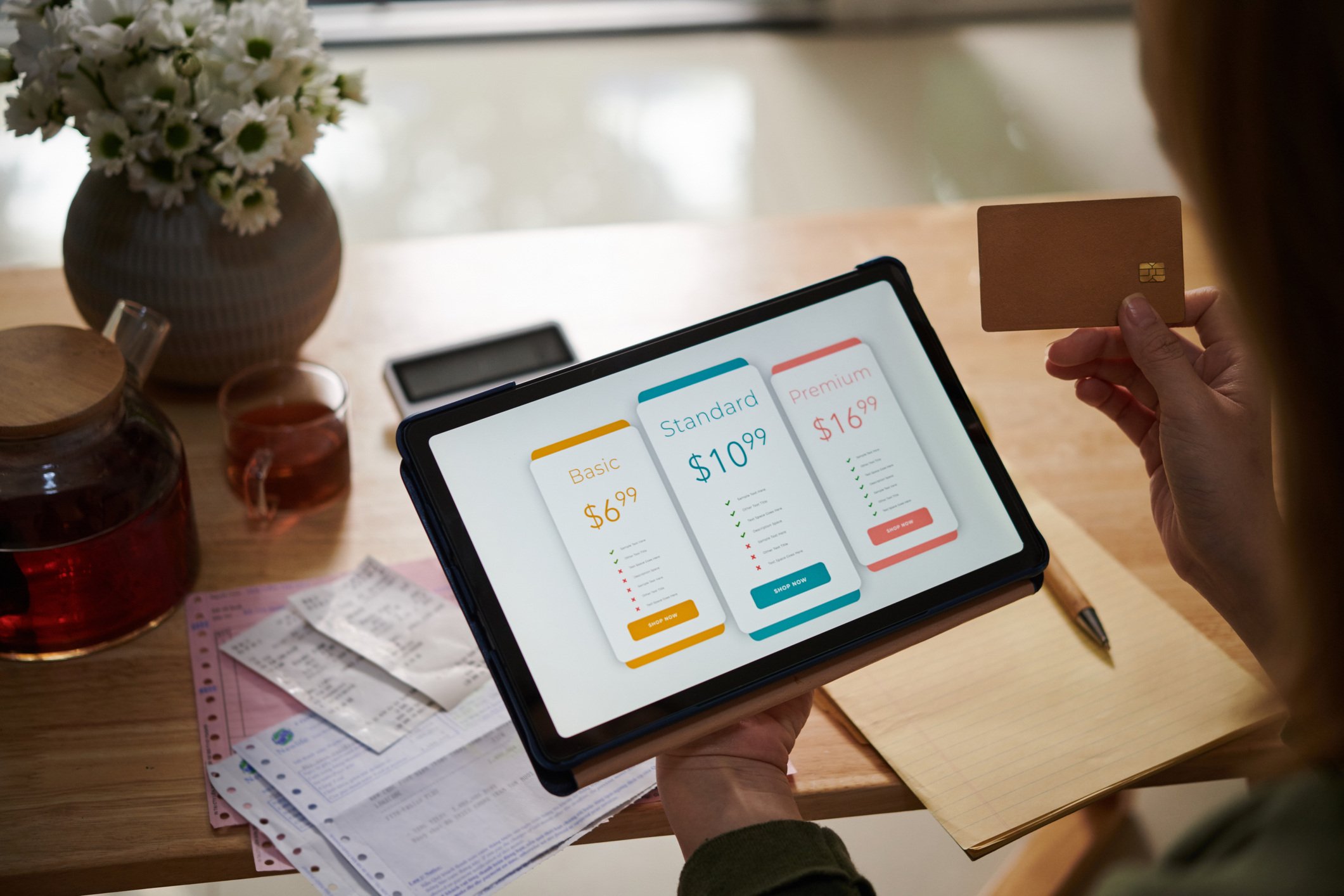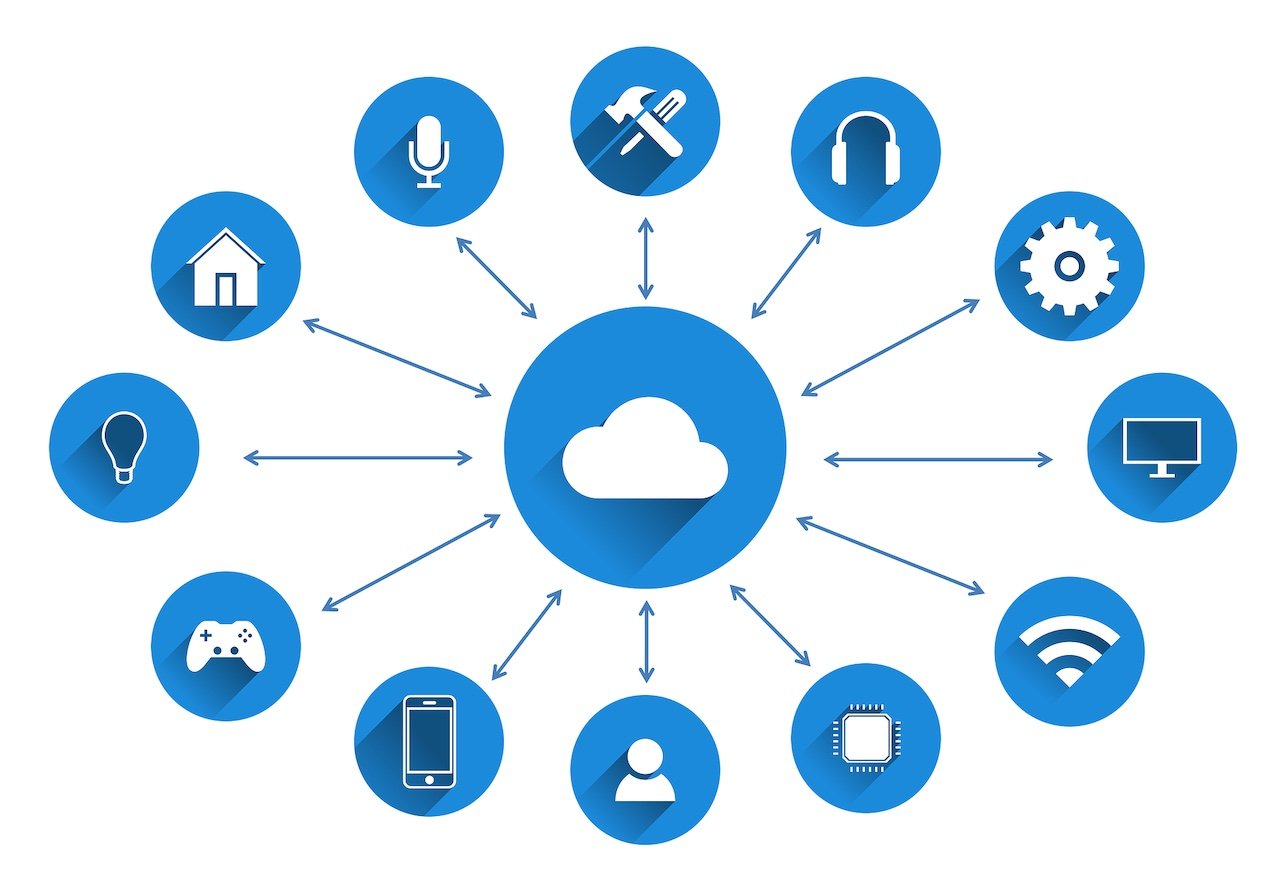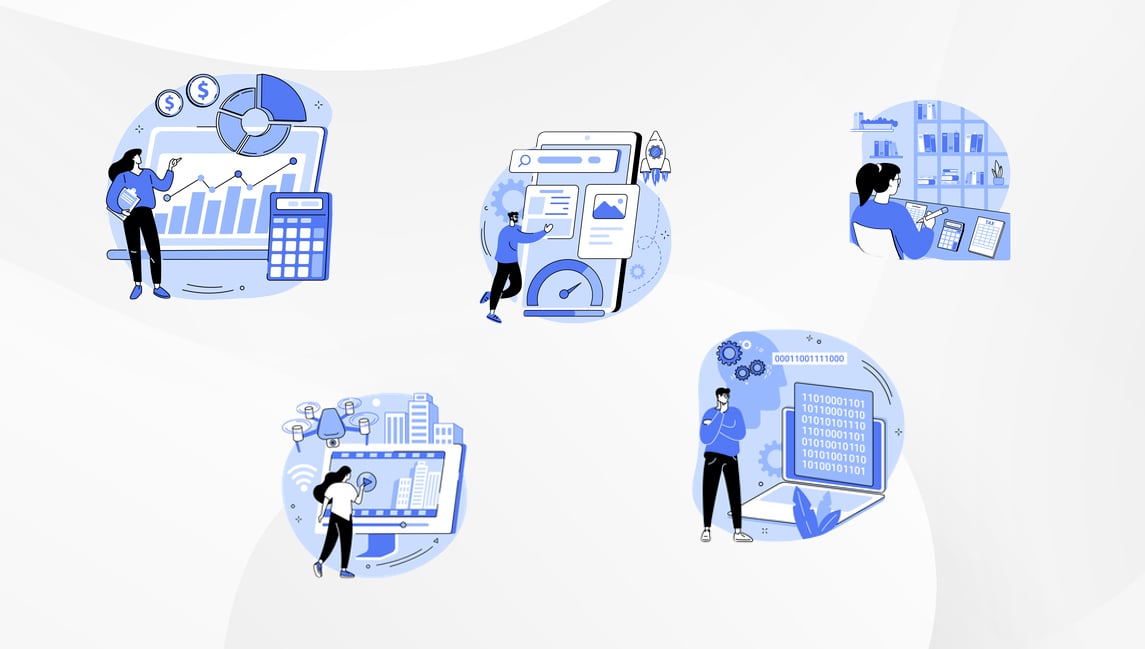
- April 2025 (2)
- March 2025 (2)
- February 2025 (1)
- December 2024 (2)
- November 2024 (2)
- August 2024 (2)
- June 2024 (3)
- May 2024 (3)
- April 2024 (1)
- March 2024 (3)
- February 2024 (2)
- January 2024 (2)
- December 2023 (1)
- November 2023 (2)
- October 2023 (2)
- September 2023 (1)
- August 2023 (1)
- July 2023 (2)
- June 2023 (3)
- May 2023 (2)
- April 2023 (1)
- March 2023 (4)
- February 2023 (1)
- January 2023 (2)
- November 2022 (2)
- September 2022 (1)
- August 2022 (2)
- July 2022 (2)
- June 2022 (2)
- May 2022 (1)
- April 2022 (3)
- March 2022 (1)
- February 2022 (3)
- January 2022 (2)
- December 2021 (1)
- November 2021 (1)
- October 2021 (2)
- September 2021 (3)
- August 2021 (1)
- July 2021 (4)
- June 2021 (1)
- May 2021 (2)
- April 2021 (2)
- March 2021 (2)
- February 2021 (3)
- January 2021 (3)
- December 2020 (1)
- October 2020 (1)
- August 2020 (1)
- August 2019 (1)
- January 2019 (2)
- September 2018 (5)
- June 2018 (1)
- November 2017 (1)
- September 2017 (1)
- July 2017 (1)
- May 2017 (1)
- January 2017 (1)
- October 2016 (2)
- August 2016 (1)
- July 2016 (1)
- June 2016 (1)
Subscribe by email
Standard pricing approaches don’t fully harness the potential of IoT businesses that want to allow their end customers to activate their own devices and select their own data plans. New monetization strategies are helping OEMs capture as much value as possible while benefiting customers at the same time. One of the most popular billing models is the subscription model, which provides an opportunity for a recurring revenue stream using a fully automated process where the end users can manage their own plans and the platform manages the activity. But traditional billing software often doesn’t support the nuances of subscription billing necessary for IoT businesses. In this post, we’ll share what subscription billing software is, how subscription billing works, why you should consider it, and some examples of subscription billing in action.
What is Subscription Billing Software?
Traditional billing software is not tied to carrier connectivity and doesn’t enable billing for variable usage. IoT businesses are best served by using a billing platform that was designed to seamlessly accommodate IoT subscription needs, such as consolidated billing of numerous devices being activated over a period of time in inconsistent batches and variability in cellular usage between devices. Subscription billing software platforms enable OEMs to design billing models with tiered subscriptions, custom packages, and models based on usage. Subscription billing software built for OEMs supports both the billing function and carrier functions, such as activating and deactivating devices and monitoring data usage when a subscription begins, stops, or is suspended.
IoT billing software and platforms should also provide automated internal alerts for customer changes and notices to customers of upcoming renewals or when they are hitting data limits. Those notifications should be tied to a billing function so that users can purchase additional cellular data on demand on a temporary basis. The portal provided on an IoT billing platform should be intuitive and easy to use so customers can easily manage their subscriptions and accounts. Additionally, the software should provide insight into business data to enable an IoT business to effectively monitor activations, data usage, revenue, gross margins, and the churn rate. Supporting the billing, the carrier functions, and the IoT business reporting and analytics is essential for IoT subscription billing software.
How Does Subscription Billing Work?
The subscription billing model has been around for years, used effectively for everything from gym memberships to software. There are use cases in many different industries, for both products and services. With a subscription, there is either no up-front cost or a low start-up cost to establish a relationship between the company and the customer. Regular charges are then invoiced or automatically charged on a predetermined schedule. In the case of cellular IoT subscriptions, where devices are connected to cellular networks, charges can also be managed on a usage basis. In this scenario, you would have a set data allotment for a recurring period, usually per month. If customers use up their data allotment before the month ends, they require a “top-up.” Charges can be both pre-determined and on-demand with the subscription billing model.
Learn more: IoT Data Plan Top-Ups: An Examination
Benefits of Subscription Billing
There are some clear advantages when it comes to subscription billing for IoT. Here are a few of the most valuable benefits to IoT businesses and buyers of their products and services with this billing structure.
- Flexible yet predictable recurring revenue — The charges are flexible, and while the installments are often billed monthly, they can also be billed quarterly, annually, weekly, or some other variation. This flexibility is great for customers, and the stable income also works well for businesses. Businesses can focus on new sales and improved support instead of re-selling to existing customers.
- Easy to understand — Subscription billing is familiar to people. When a customer signs up for a subscription billing contract, they know what, if any, the up-front cost will be, the payment schedule, and the contract end date.
- Rich usage data — The data output from IoT usage can provide insight into how customers are using the product, what new offerings might be attractive to customers, and more.
How Subscription Billing Is Used in IoT
OEMs are using subscription billing in a variety of ways, growing their businesses and improving their processes as a result.
- Increased personalization — The data generated from customer usage can be leveraged for more precise targeting and personalization for existing customers and new customer marketing campaigns.
- Improve market opportunity — Because IoT companies can offer flexible subscription plans with low or no up-front costs, they can sell to people who may not have been able to afford their products and services.
- Tap new product development opportunities — The IoT data that makes the Internet of Things so powerful can also benefit IoT businesses in new ways. They can also leverage the data output from IoT to provide new products and services, expanding current markets and offering the potential to stretch into new markets.
Learn more: How to Sell a Subscription for Your IoT Product
Examples of IoT Subscription Billing
You’ll find IoT subscription billing in nearly every industry, supporting customers, businesses, and governments. It’s now often used for services like asset tracking with manufacturing and construction companies, where it can track products of any size through a plant floor, warehousing, transportation, and delivery, and it can even be used to track machinery and equipment at a construction site. Fleet management is another solid use case that’s ideal for subscription billing. Some of the companies we work with to provide IoT subscription billing include:
- Bushnell — wireless trail cameras
- BrightSign — digital sign management systems
- Hunter — irrigation system controllers
- Magnadyne — RV companies’ Wi-Fi hotspots
- HeatSiecker — Livestock monitoring
Where Subscription Billing Software Typically Falls Short for IoT Use Cases
Product companies have often told us that incorporating a subscription billing platform is straightforward, but most platforms typically don’t solve many of the fundamental business challenges that companies face when offering cellular-connected products around the world.
These challenges can include:
- Making cellular data services available to customers directly, and managing those services on a global scale
- Operationalizing a recurring revenue stream without having to create separate business entities or divisions
- Being responsible for collecting and filing the appropriate digital/services taxes in the markets they serve
- Maintaining the technical flexibility to support a wide variety of subscription plans, customer use cases and regional currencies
Learn more: What is Cellular IoT and Is It Right for Your Solution?
How IoT Billing Could Help You
IoT monetization can be complex since IoT ecosystems contain an intricate web of components. Traditional approaches aren’t sufficient for billing and managing customer relationships. It’s essential to use a system designed for the specifics of an IoT ecosystem. The right IoT billing system will not only support your relationship with your customers, but it will also enhance it.
Learn more: What Is a Billing Solution and How Can It Grow Your Business?
Reach out to us to learn more about Zipit’s IoT billing platform and how we may be able to help you solve your own billing and subscription challenges.
You might also like:
Related Content
The latest IoT insights and platform updates from Zipit.
IoT enables OEMs to transform devices into solutions, delivering ongoing value and...
Deploying an IoT solution brings significant value to businesses, but it also intr...
In the past, OEMs primarily focused on selling physical products, but this approac...



